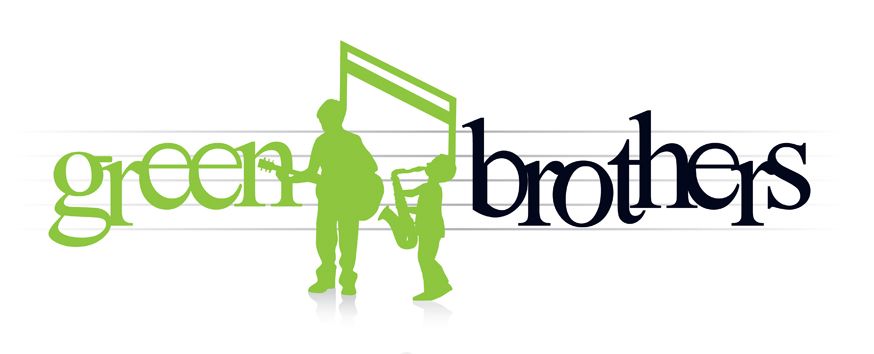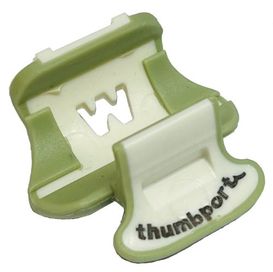- Home /
- WOODWIND /
- Woodwind Accessories /
- Thumbports /
- LIGHT SLATE Flute Thumbport II
Shop Now
- ALL NEW LINES
- AMPLIFIERS
- BRASS INSTRUMENTS
- CABLES & LEADS
- CASES & BAGS
- DJ Equipment
- DRUM
- EFFECTS
- FOLK INSTRUMENTS
- GIFT VOUCHER
- GIFTS & CLOTHING
- GUITAR
- GUITAR & FOLK ACCESSORIES
- HOME RECORDING
- KEYBOARD
- LIVE SOUND
- MICROPHONES
- ORCHESTRAL
- PERCUSSION
- PIANO
- REEDS
-
SHEET MUSIC
- Alto Saxophone
- Aural Piano and other Instrume
- Australian Music
- Band and Orchestral Methods
- Banjo Methods
- Bass Guitar Methods
- Bongo Methods
- Broadway Movies and Shows
- Childrens Songbooks
- Chords and Scales
- Christmas Music
- Clarinet
- Classical Piano
- Country
- Djembe Methods
- Drum Methods
- Easy Guitar
- Easy Piano
- Exam Brass and Wind
- Exam Piano
- Exam Strings
- Exam Vocal
- EZY Play
- Flute
- Guitar
- Guitar Methods
- Harmonica Methods
- Jazz and Blues Piano
- Keyboard
- Keyboard Methods
- Mandolin Methods
- Manuscript
- Pedal Steel Methods
- Piano Duets
- Piano Methods
- Piano Solo
- PVG Piano Vocal Guitar
- Recorder Methods
- Sight Reading Piano
- Singing
- Teaching Aids
- Theory
- Trumpet
- Ukulele
- Ukulele Methods
- Violin Viola Cello Double Bas
- Violin Viola Cello Double Bass
- Weddings and Special Occasions
- STANDS & LIGHTS
- STRINGS
- SUNDRY INSTRUMENTS
- TUNING DEVICES
- WOODWIND
LIGHT SLATE Flute Thumbport II
Description
Light Slate-White Flute THUMBPORT II
FF01221
The second generation Thumbport with a lower angle and thicker profile
Available in 5 colours: Black-Grey, Grey-Copper, Dusky Orchid-White, Light Slate-White, All Red
The Thumbport allows greater balance in holding the flute. It is comprised of a C-shaped shell and a thumb-like extension. The Thumbport helps the player to place the right thumb at an efficient spot and provides additional support.
Mechanically, there are three factors associated with balancing a flute:
The mass (weight) of the flute
Horizontal rotation
Axial rotation
The gravity centre of a flute is located slightly to the right of the left index finger. When the knuckle of the left index finger takes up most of the weight of a flute at number 2, the small remaining weight is often assumed by the right thumb.
When playing a flute, the player pushes the embouchure plate against the chin. With the left index finger both supporting and pushing, the flute might rotate clockwise without a counter force from the right hand.
Additionally, the uneven weight of the flute mechanism contributes to another rolling tendency. The flute rolls backwards toward the player.
Because nine of our fingers are used to operate keys on a flute, only one, the right thumb, is left to decisively balance it. Many flutists knowingly or unknowingly use their right little finger to help. In doing so, it reduces the agility of not only the little finger but also the other right hand fingers.
The Thumbport guides one’s right thumb to support the flute at an angle. The force created by this angle can be seen as the sum of two partial vectors: one supports the flute from below and the other counters the horizontal rotation. The extension arm rests on the thumb gently, which easily prevents the flute from rolling backwards.



